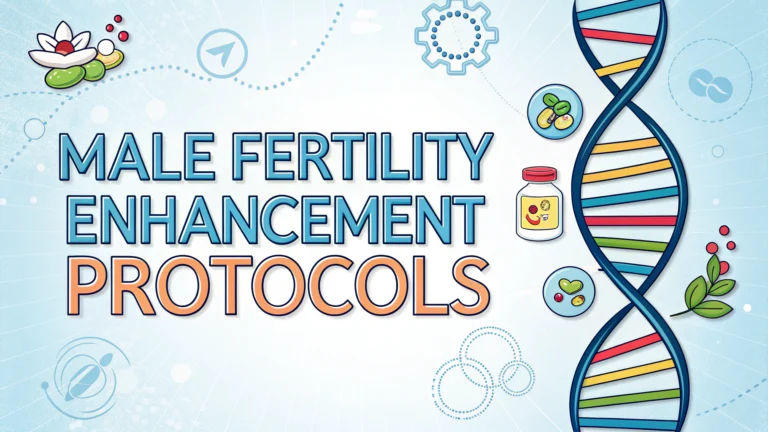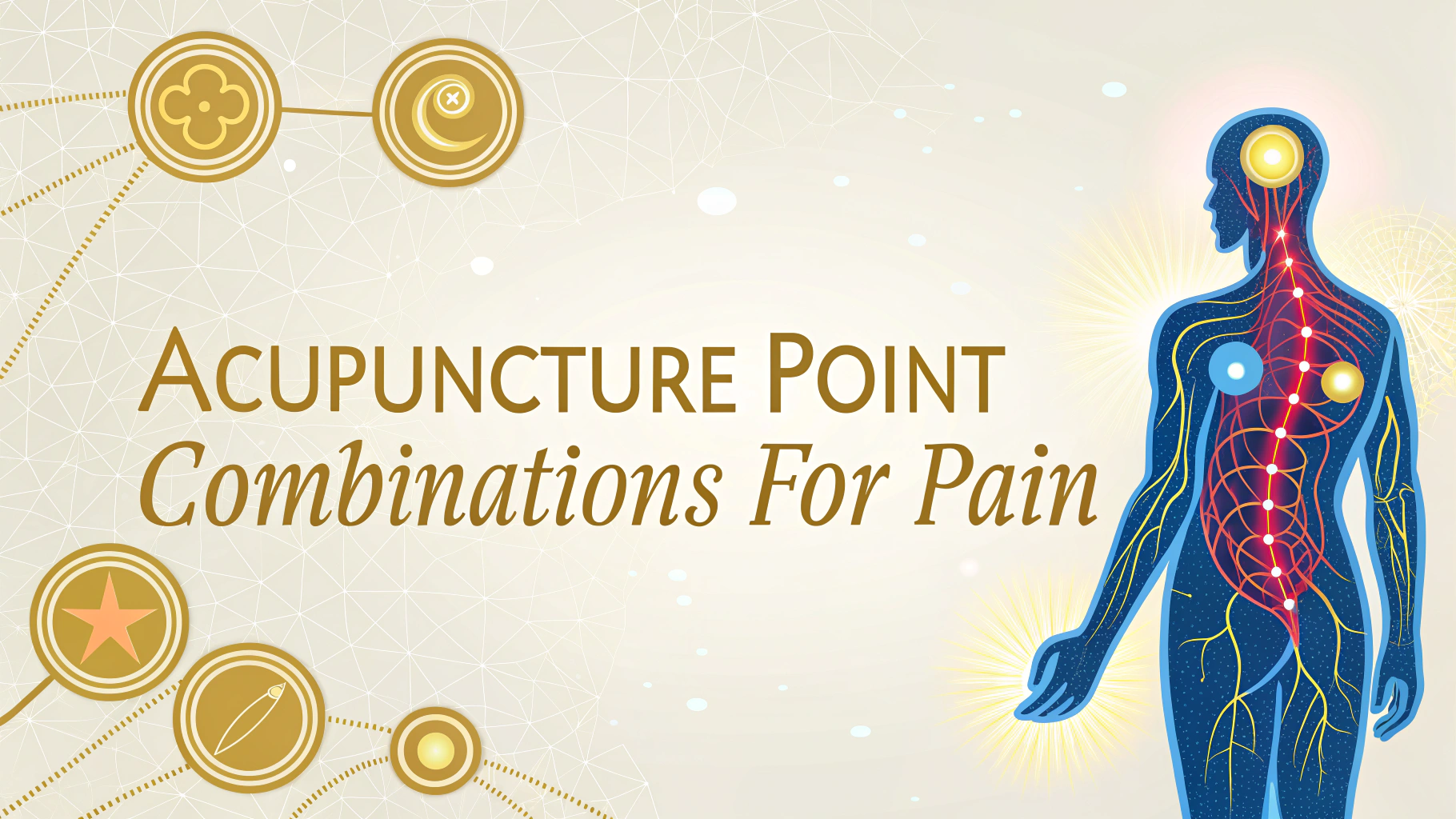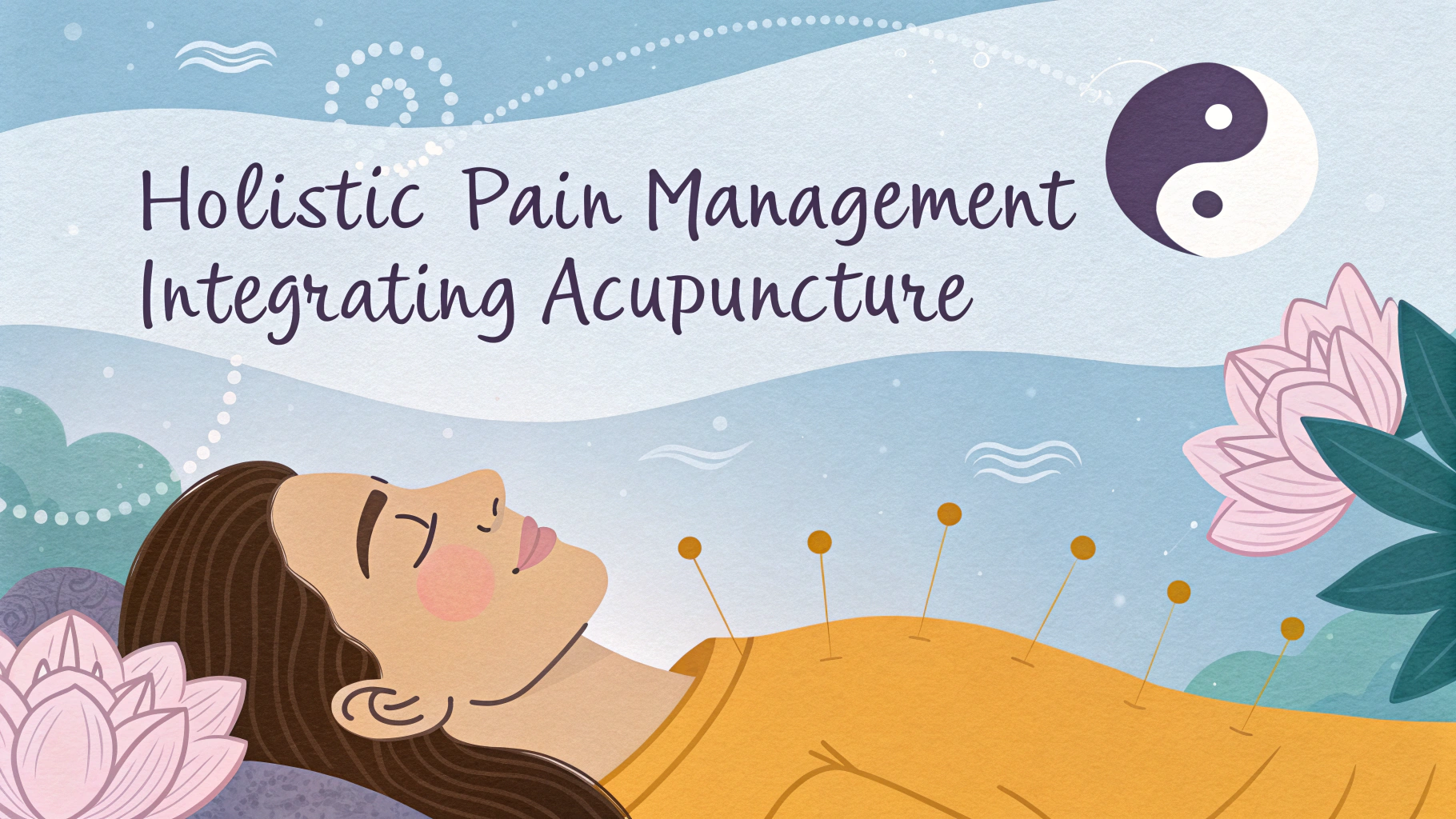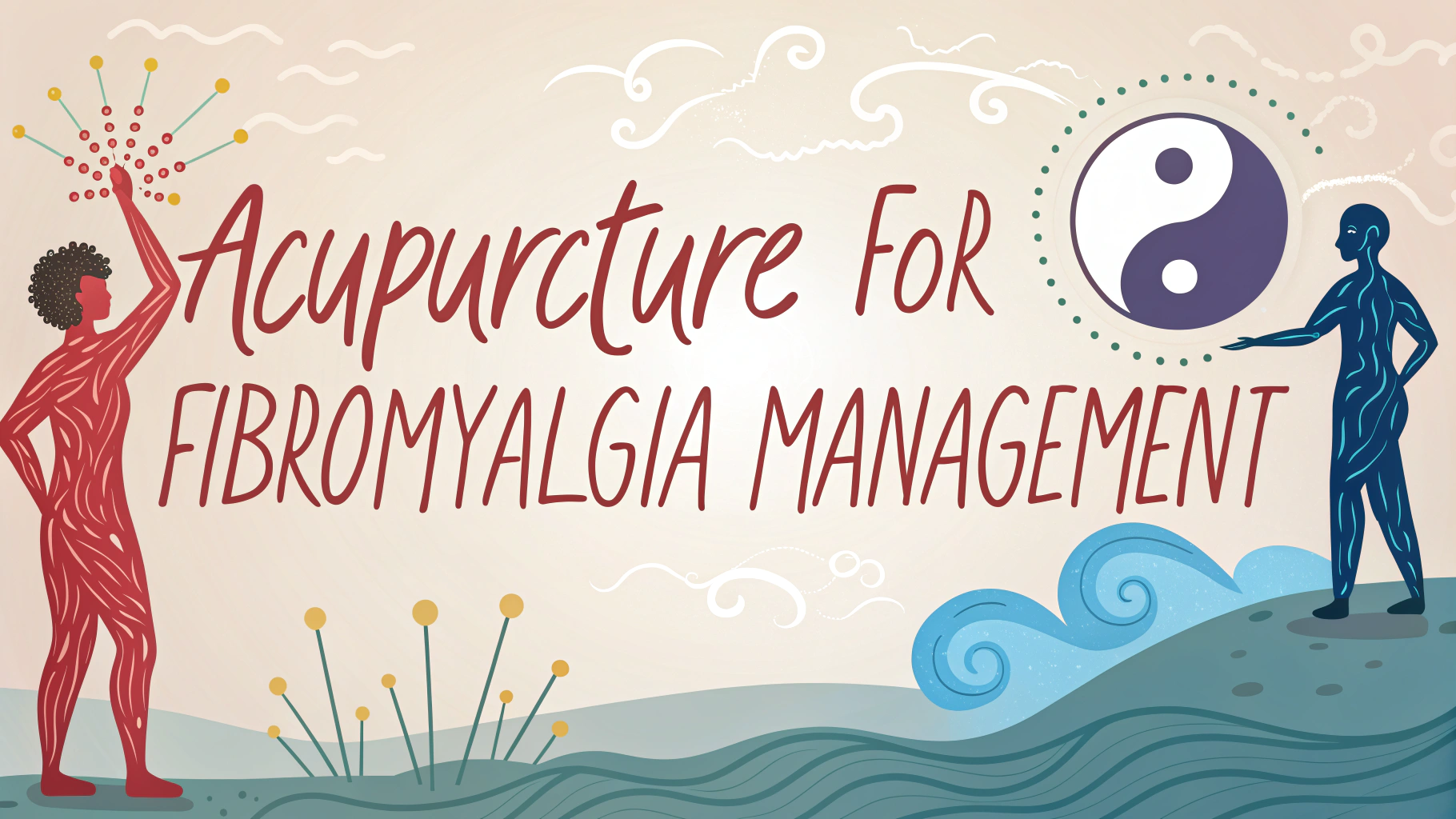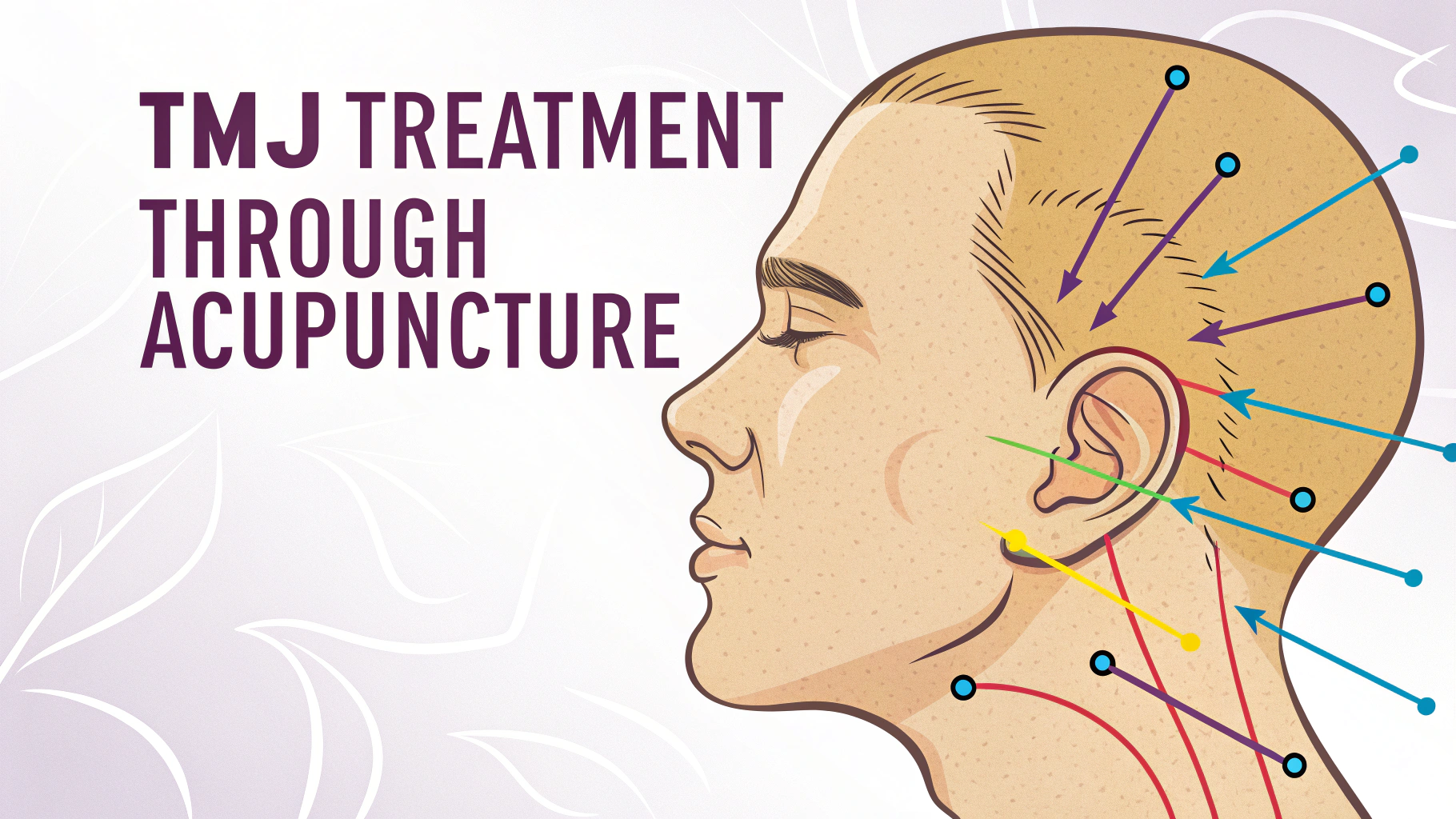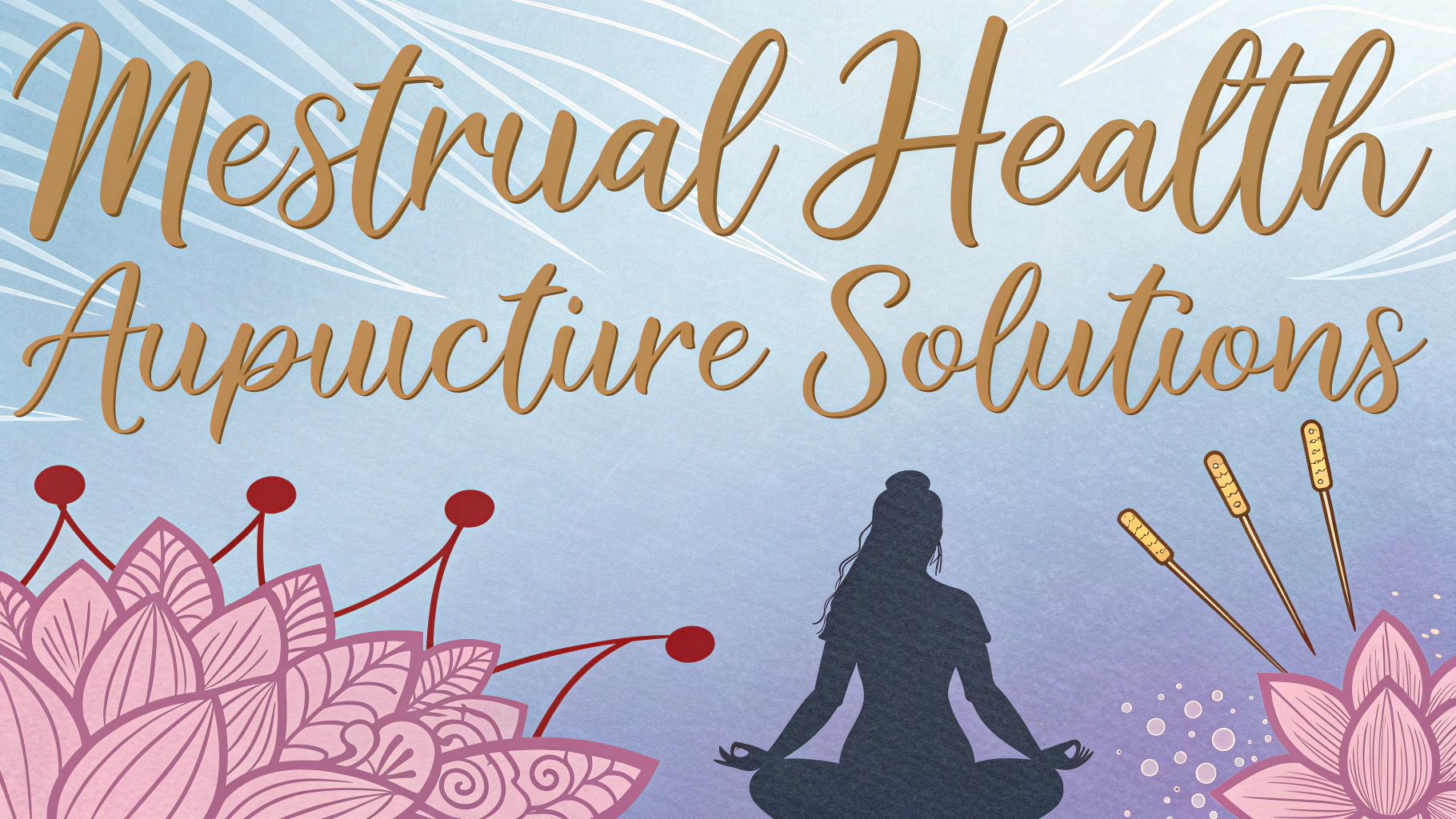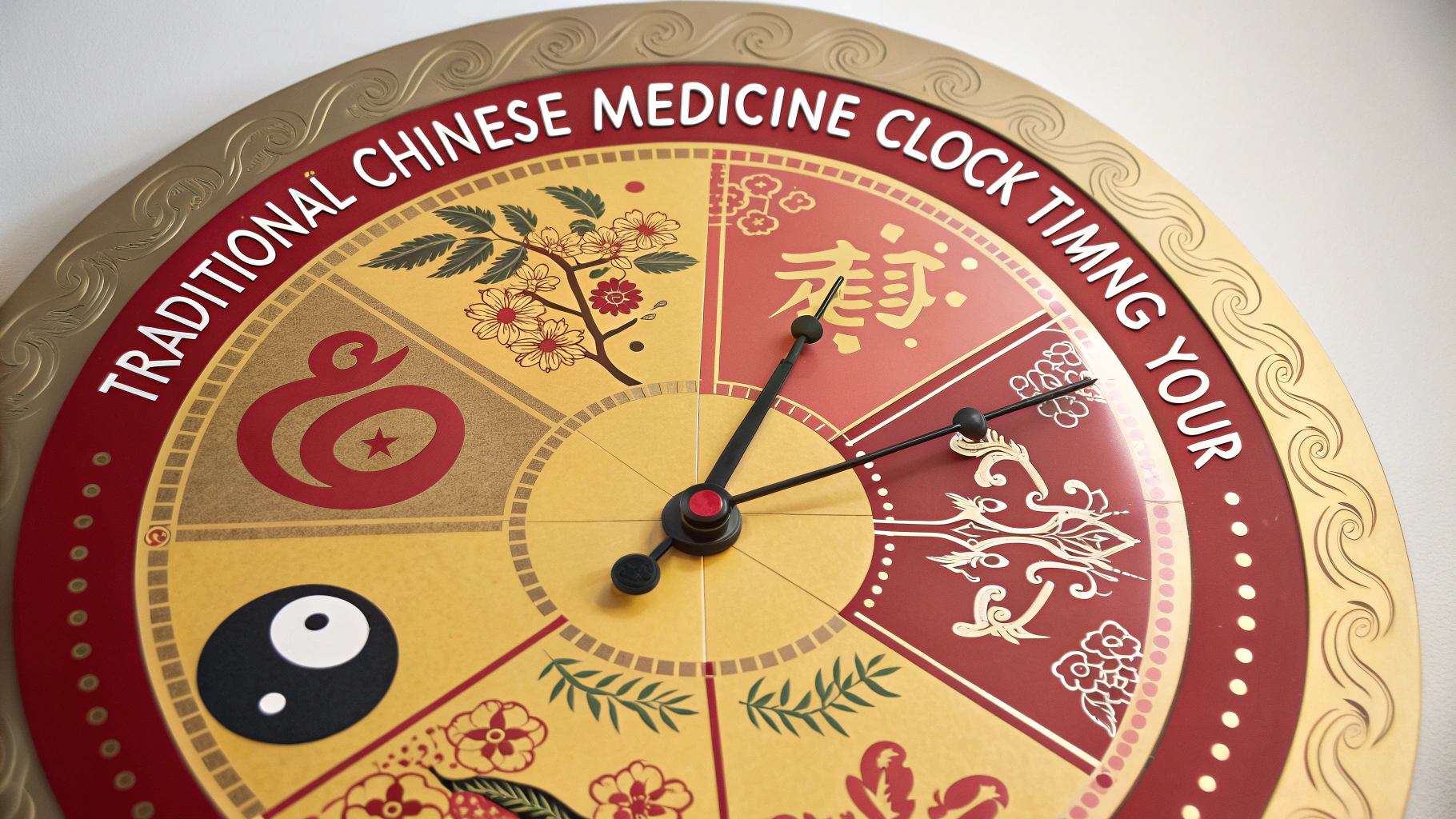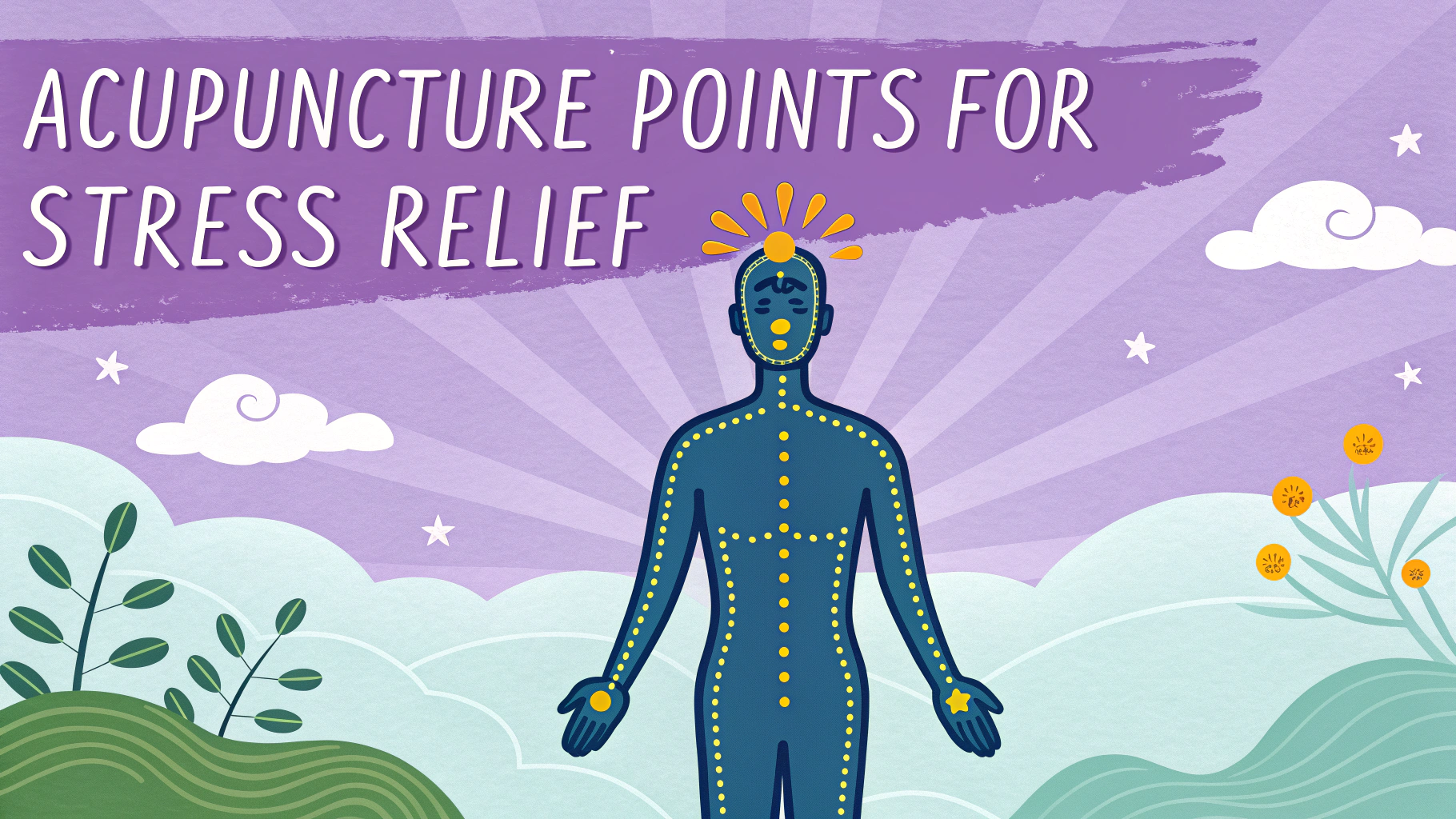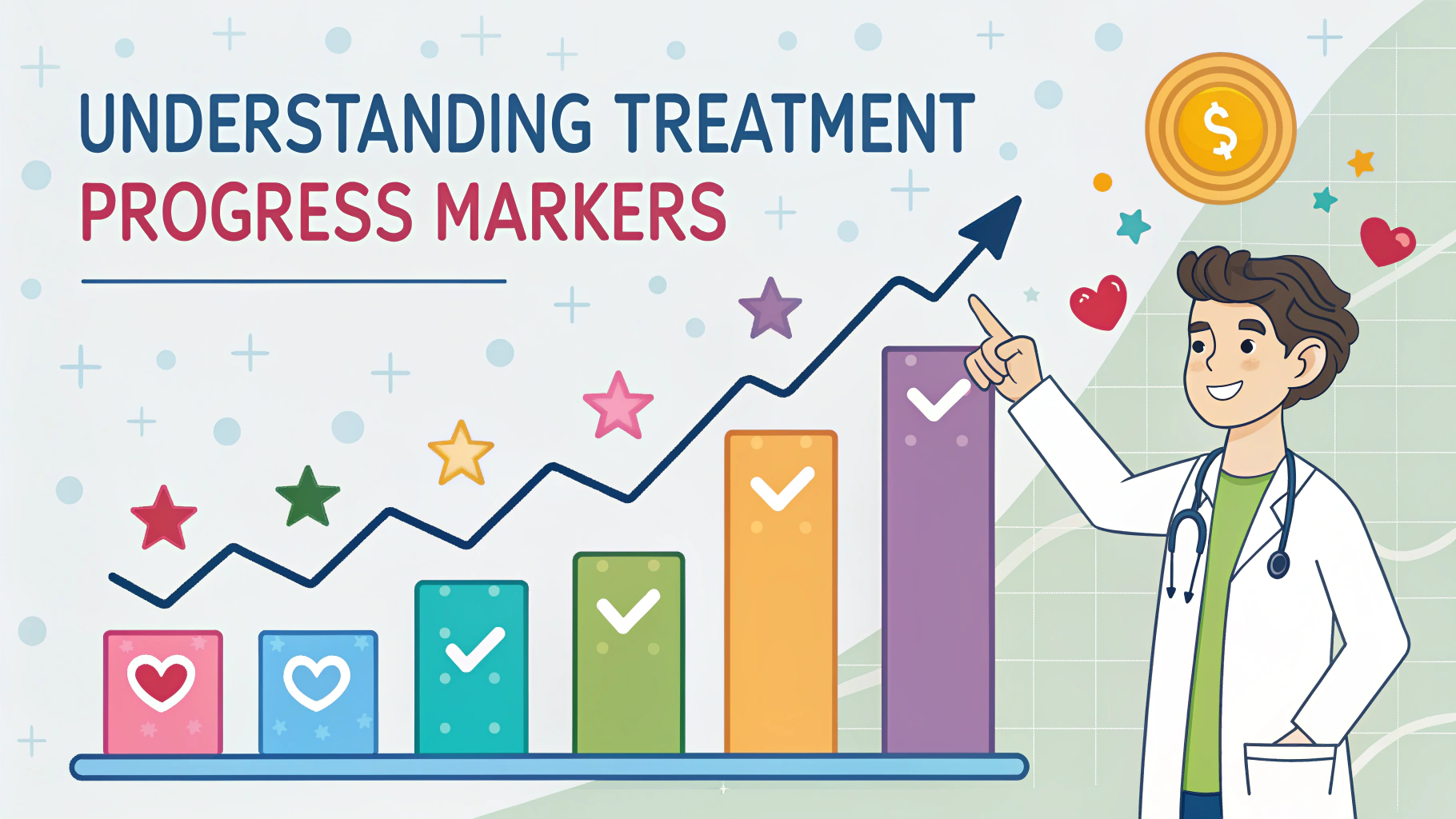Moxibustion is an ancient Chinese medicine therapy that involves burning dried mugwort (artemisia vulgaris) on or near specific acupuncture points of the body.
This traditional healing technique has been practiced alongside acupuncture for thousands of years to treat various conditions and promote overall wellness.
Research shows moxibustion can help with pain management, digestive issues, and reproductive health when performed correctly by qualified practitioners.
Types of Moxibustion
- Direct moxibustion: Involves placing the burning moxa directly on the skin
- Indirect moxibustion: Uses barriers like salt, ginger, or garlic between the skin and moxa
- Stick moxibustion: Utilizes moxa rolls held near the treatment area
- Needle moxibustion: Combines acupuncture needles with burning moxa
Benefits and Applications
- Pain relief for arthritis and joint conditions
- Improvement of digestive function
- Support for menstrual and reproductive issues
- Enhanced immune system response
- Better circulation and blood flow
Treatment Process
A qualified practitioner will first assess your condition and identify specific acupuncture points for treatment.
The moxa is shaped into small cones or sticks and placed or held near the selected points.
Treatment sessions typically last 15-30 minutes, depending on the condition being addressed.
Safety Considerations
- Always seek treatment from licensed practitioners
- Inform your practitioner about any medical conditions or medications
- Avoid treatment if pregnant unless specifically recommended by a qualified professional
- Be aware of smoke sensitivity and ventilation needs
Finding a Qualified Practitioner
Look for certification from the National Certification Commission for Acupuncture and Oriental Medicine (NCCAOM).
| Organization | Contact Information |
|---|---|
| NCCAOM | www.nccaom.org Phone: (888) 381-1140 |
| American Association of Acupuncture and Oriental Medicine (AAAOM) | www.aaaomonline.org |
Preparing for Your Session
- Wear loose, comfortable clothing
- Avoid heavy meals before treatment
- Bring medical history documentation
- Plan for rest after the session
Next Steps for Your Healing Journey
Start by researching qualified practitioners in your area through professional organizations.
Schedule a consultation to discuss your specific health concerns and treatment goals.
Consider combining moxibustion with other complementary therapies like acupuncture for optimal results.
Common Treatment Protocols
- Weekly sessions for chronic conditions
- 2-3 sessions per week for acute issues
- Treatment courses typically ranging from 4-12 weeks
- Maintenance sessions scheduled as needed
Potential Side Effects
While generally safe, some patients may experience:
- Mild skin irritation or redness
- Temporary burning sensation
- Blistering in rare cases
- Smoke sensitivity reactions
Insurance and Cost Considerations
- Average session cost: $50-100
- Some insurance plans cover treatment
- Check coverage for complementary medicine
- Ask about package pricing options
Home Care and Self-Management
Support your treatment with:
- Regular exercise appropriate to your condition
- Proper nutrition and hydration
- Stress management techniques
- Adequate rest and recovery
Embracing Traditional Healing Wisdom
Moxibustion represents a time-tested healing approach that continues to benefit modern patients. When combined with proper medical care and lifestyle modifications, it can be a valuable tool in your wellness journey.
Consider consulting with qualified practitioners to explore how this ancient therapy might support your health goals and complement your existing treatment plans.
FAQs
- What is moxibustion therapy and how does it work?
Moxibustion is a traditional Chinese medicine therapy that involves burning dried mugwort (artemisia vulgaris) on or near specific acupuncture points to stimulate healing and qi flow in the body. - What conditions can moxibustion help treat?
Moxibustion can help with arthritis, digestive problems, menstrual cramps, breech pregnancies, chronic pain, cold conditions, immune system disorders, and certain types of fatigue. - Are there different types of moxibustion techniques?
Yes, there are two main types: direct moxibustion where the moxa is placed directly on the skin, and indirect moxibustion where the moxa is held above the skin or placed on top of an acupuncture needle. - Does moxibustion hurt or cause scarring?
Indirect moxibustion is painless and doesn’t cause scarring. Direct moxibustion can leave small circular scars if not properly administered, which is why indirect methods are more commonly used in modern practice. - How long does a typical moxibustion session last?
A typical session lasts 15-30 minutes, and the number of treatments needed varies depending on the condition being treated. - Can moxibustion be combined with other treatments?
Yes, moxibustion is often combined with acupuncture, herbal medicine, and other traditional Chinese medicine treatments for enhanced therapeutic effects. - Are there any contraindications for moxibustion?
Moxibustion should not be used on the face, inflamed areas, open wounds, or certain acupuncture points during pregnancy. People with fever or heat conditions should also avoid treatment. - What should I expect during a moxibustion treatment?
During treatment, you’ll lie comfortably while the practitioner burns moxa near specific points on your body. You’ll feel a warming sensation and may smell the herb burning. The room may become smoky. - How soon can I expect to see results from moxibustion?
Results vary by condition and individual. Some people experience immediate relief, while others may need several sessions over weeks to see significant improvement. - Is moxibustion safe during pregnancy?
Moxibustion is considered safe during pregnancy when performed by a qualified practitioner, and is specifically used to turn breech babies, but certain acupuncture points must be avoided.
